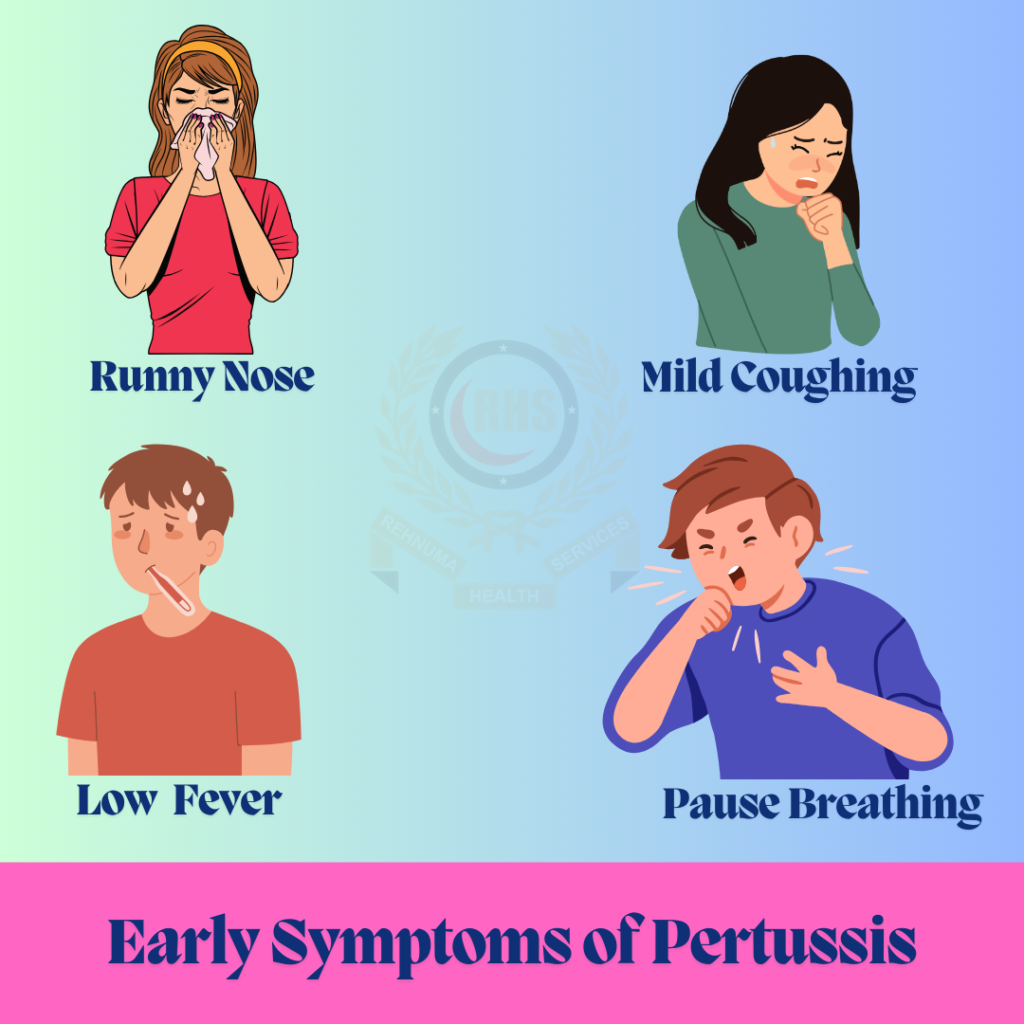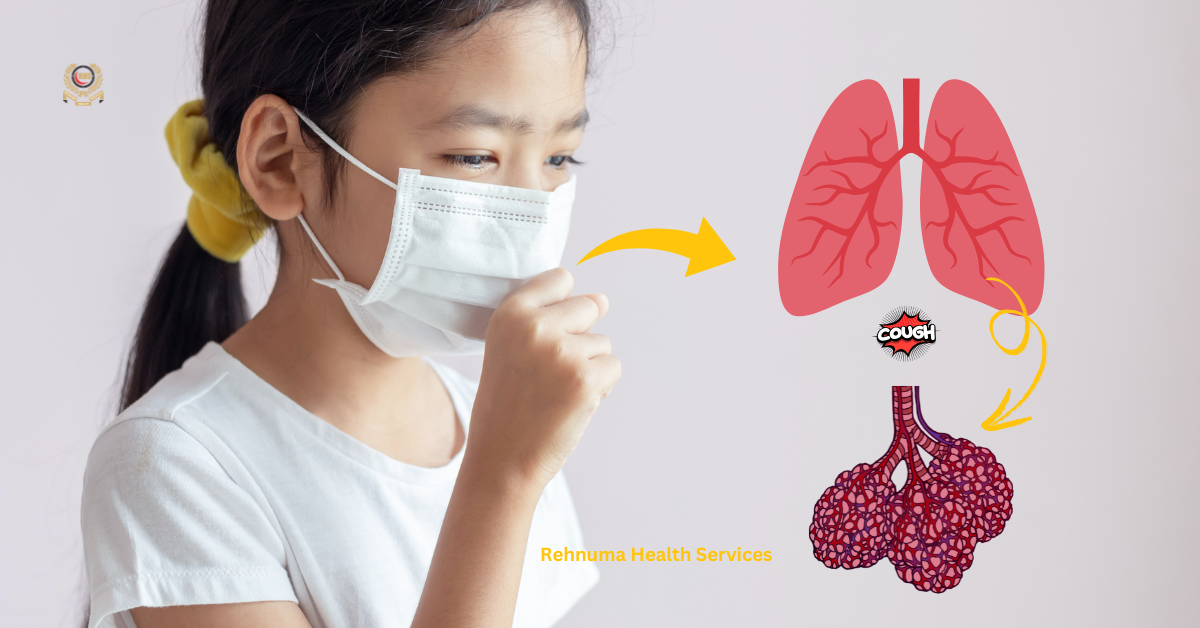Pertussis precautions are crucial in safeguarding individuals, particularly vulnerable populations, against this highly contagious respiratory infection. Commonly known as whooping cough, pertussis is caused by the bacterium Bordetella pertussis and is characterized by prolonged, violent coughing spells. While it can affect anyone, infants and young children are especially at risk for severe complications. This article delves into the importance of precautions for pertussis, symptoms, causes, diagnosis, treatment, and preventive measures to manage the disease effectively.
Understanding Pertussis (Whooping Cough)
What is Pertussis?
Pertussis, or whooping cough, is an acute respiratory infection that disrupts the normal functioning of the respiratory system. It manifests in distinct coughing episodes that may last for weeks or months. Infants and young children often experience more severe symptoms, including breathing difficulties such as apnea, which can be life-threatening.
Who is at Risk?
Pertussis affects individuals of all ages, but infants under one year old and those who are unvaccinated are at the highest risk. Adults and adolescents with waning immunity from previous vaccinations are also susceptible. Pertussis can spread rapidly in crowded environments, making schools, daycare centers, and households common hotspots.
Symptoms of Pertussis
Early Symptoms
Pertussis symptoms develop in stages, typically beginning with mild cold-like symptoms and progressing to more severe manifestations.
Symptoms:
- Runny nose.
- Mild coughing.
- Low-grade fever.
- Occasional pauses in breathing (apnea) in infants.

Advanced Symptoms
Advanced Symptoms
After one to two weeks, the infection intensifies, leading to:
- Prolonged Coughing Fits: Episodes of rapid, repeated coughing.
- Whooping Sound: A high-pitched “whoop” during inhalation after a coughing spell.
- Vomiting: Following intense coughing episodes.
- Exhaustion: Due to prolonged coughing.
Symptoms may persist for 10 weeks or more, earning pertussis the nickname “100-day cough.”
Causes of Pertussis
Pertussis is caused by the Bordetella pertussis bacterium, which releases toxins that damage the lining of the respiratory tract. This damage results in inflammation, increased mucus production, and severe coughing. The bacterium spreads through respiratory droplets when an infected person coughs or sneezes.
Diagnosis of Pertussis Whooping Cough
Timely diagnosis is crucial for managing pertussis precautions and preventing its spread. Healthcare providers typically:
- Perform a physical examination.
- Collect a sample of nasal or throat mucus using a swab.
- Conduct blood tests to detect the presence of Bordetella pertussis.
Treatment and Management
Medical Treatment
- Antibiotics: Early antibiotic treatment can reduce the severity of symptoms and prevent the spread of the infection. However, antibiotics do not eliminate coughing episodes once they begin.
- Hospital Care for Infants: Babies may require hospitalization for oxygen therapy, suctioning of mucus, and intravenous fluids to prevent dehydration.
Home Care
- Use a cool-mist humidifier to ease breathing.
- Maintain a smoke-free and dust-free environment.
- Ensure adequate hydration with fluids.
- Rest is critical for recovery.
Preventing Pertussis
Vaccination
Vaccination remains the most effective pertussis precaution. The DTaP vaccine is administered to children, while the Tdap booster is recommended for adolescents and adults. Pregnant women should receive the Tdap vaccine during each pregnancy to protect newborns through passive immunity.
Recommended Vaccination Schedule
- Children: Five doses of DTaP vaccine at 2, 4, 6, and 15-18 months, and a booster between 4-6 years.
- Adolescents and Adults: One Tdap booster between 11-12 years and another booster for adults every 10 years.
- Pregnant Women: Tdap vaccine during the third trimester of each pregnancy.
Hygiene Practices
- Cover your mouth and nose with a tissue or elbow when coughing or sneezing.
- Wash hands frequently with soap and water.
- Avoid close contact with infected individuals.
Community Awareness
Promote awareness about the importance of vaccinations and recognizing pertussis symptoms early. Public health campaigns can help curb outbreaks and ensure timely medical intervention.
Complications of Pertussis
Pertussis can lead to serious complications, especially in infants. These include:
- Apnea: Pauses in breathing.
- Pneumonia: A common secondary infection.
- Seizures: Due to lack of oxygen.
- Encephalopathy: Brain inflammation.
- Rib Fractures: From intense coughing in adults.
Outlook and Prognosis
While pertussis can be debilitating, early diagnosis and treatment significantly improve outcomes. Vaccinated individuals typically experience milder symptoms. However, persistent coughing can disrupt daily life and cause fatigue. Infants and unvaccinated individuals are at higher risk for severe complications, emphasizing the importance of prevention.
Living with Pertussis (Whooping Cough)
Self-Care Tips
- Prioritize rest and hydration.
- Follow prescribed antibiotic regimens.
- Avoid irritants such as smoke and strong odors.
When to Seek Medical Attention
- Signs of dehydration, such as dry mouth or reduced urination.
- Breathing difficulties or persistent coughing in infants.
- Symptoms persist beyond the usual recovery period.
Conclusion
Pertussis precautions are vital for protecting individuals and communities from this highly contagious disease. Vaccination is the cornerstone of prevention, complemented by good hygiene practices and public awareness. Understanding the symptoms and seeking prompt medical attention can mitigate the risk of complications. By adhering to these precautions, we can safeguard vulnerable populations and ensure healthier outcomes for everyone.
FAQs
What is the main cause of pertussis?
Pertussis, also known as whooping cough, is caused by the bacterium Bordetella pertussis. This bacterium attaches to the lining of the respiratory tract, releasing toxins that damage the airways and cause inflammation, leading to severe coughing fits characteristic of the disease.
What are the three symptoms of pertussis?
Three common symptoms of pertussis include:
- Prolonged and violent coughing episodes (paroxysms).
- A high-pitched “whooping” sound when inhaling after a coughing fit.
Vomiting or exhaustion following intense coughing spells.
Is pertussis airborne or droplet?
Pertussis spreads through respiratory droplets, making it a droplet-based transmission disease. When an infected person coughs or sneezes, tiny droplets containing the bacteria are released into the air and can infect others who inhale them.
What antibiotics are used for pertussis?
Antibiotics commonly used to treat pertussis include:
- Azithromycin
- Clarithromycin
- Erythromycin
These antibiotics help reduce the spread of the infection and may alleviate symptoms if administered early in the disease course.




